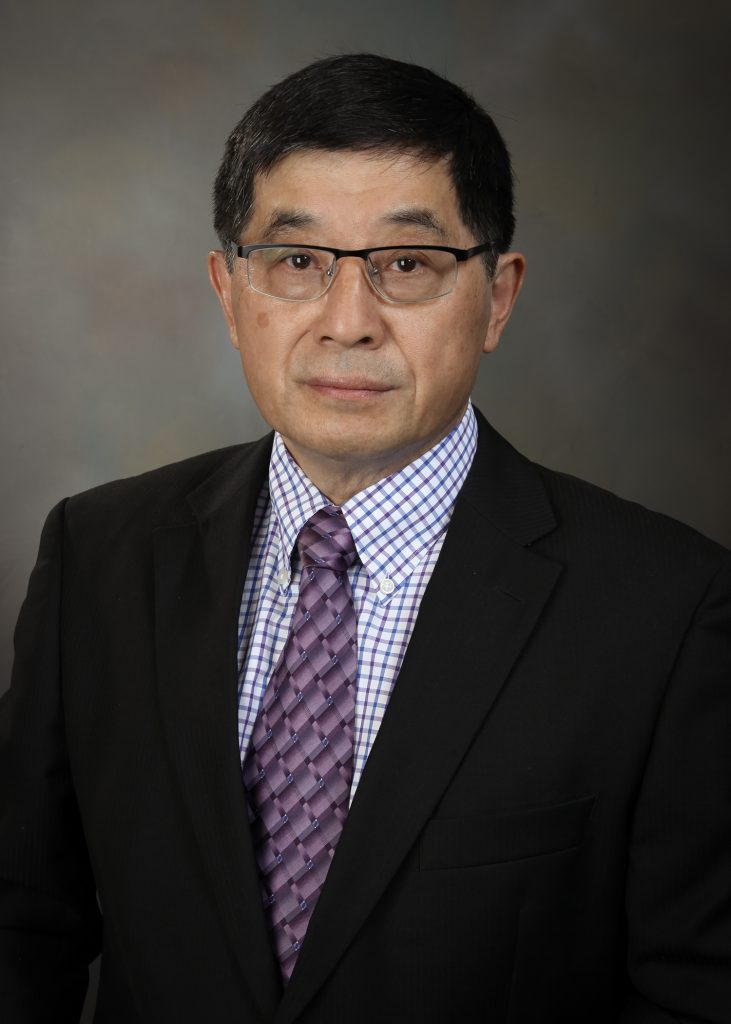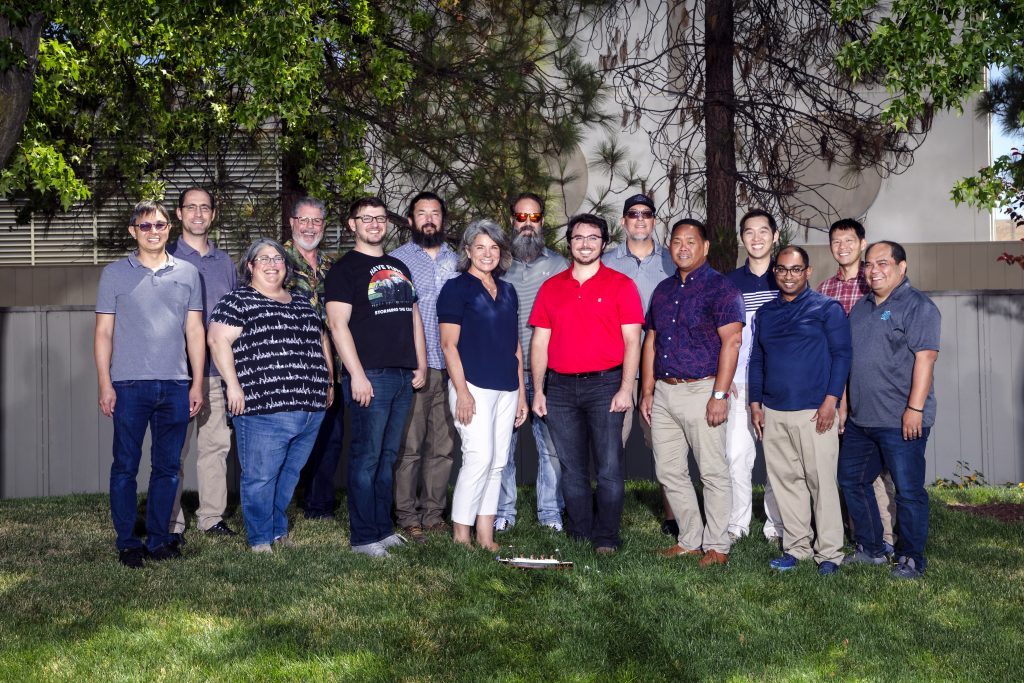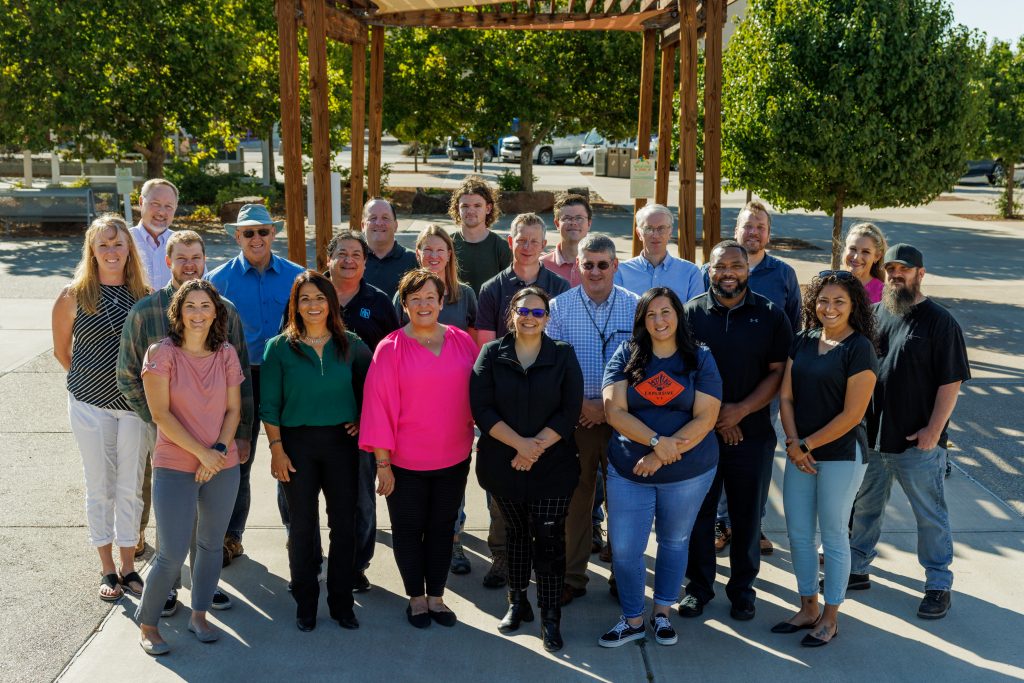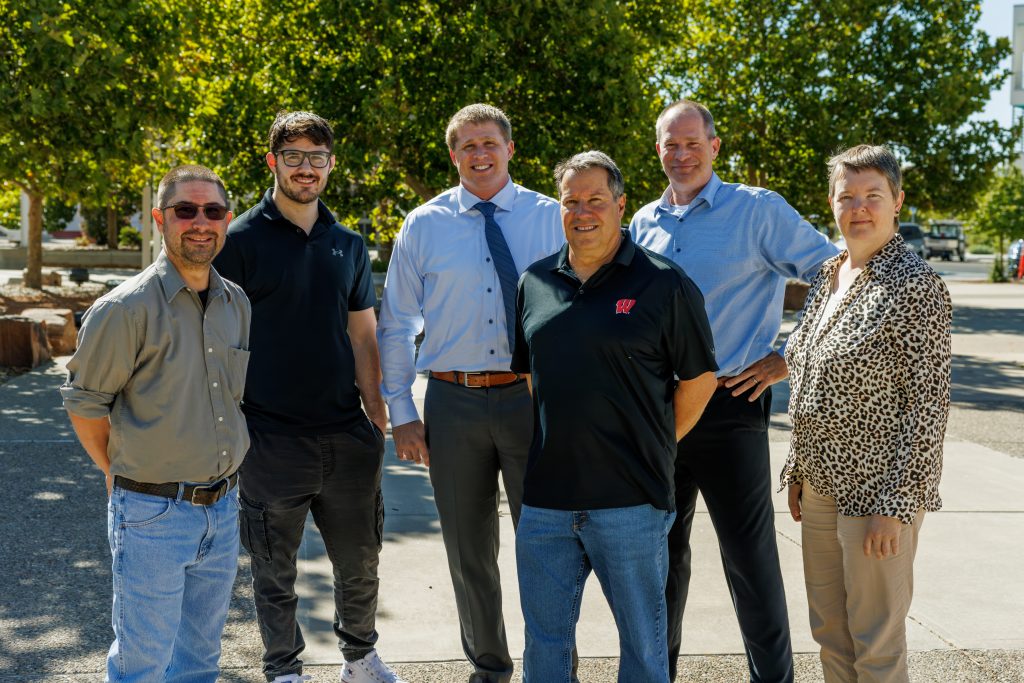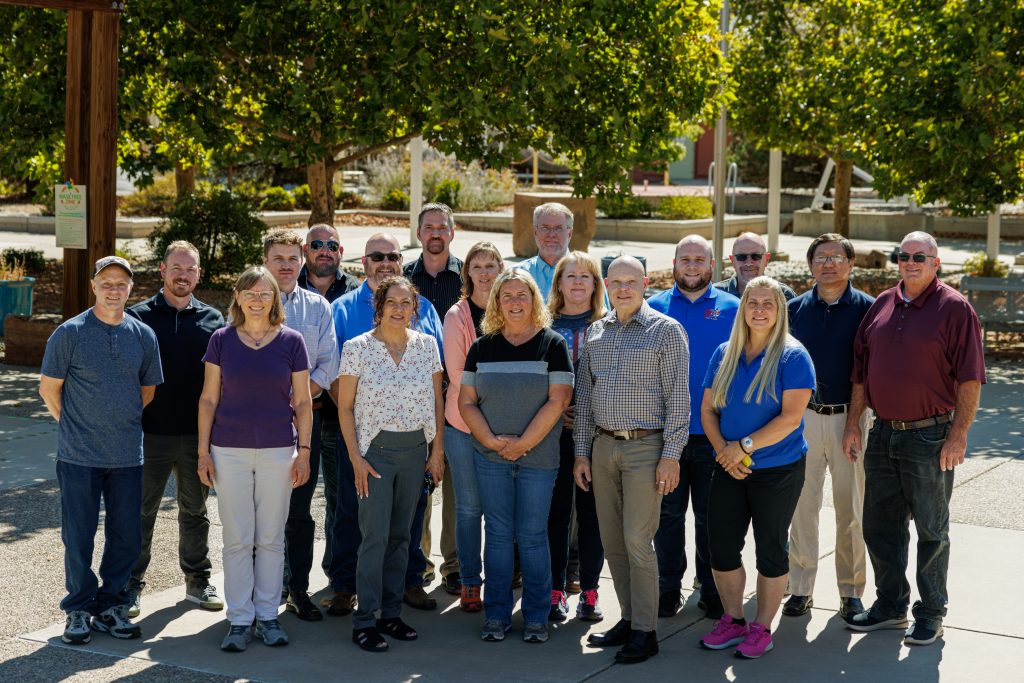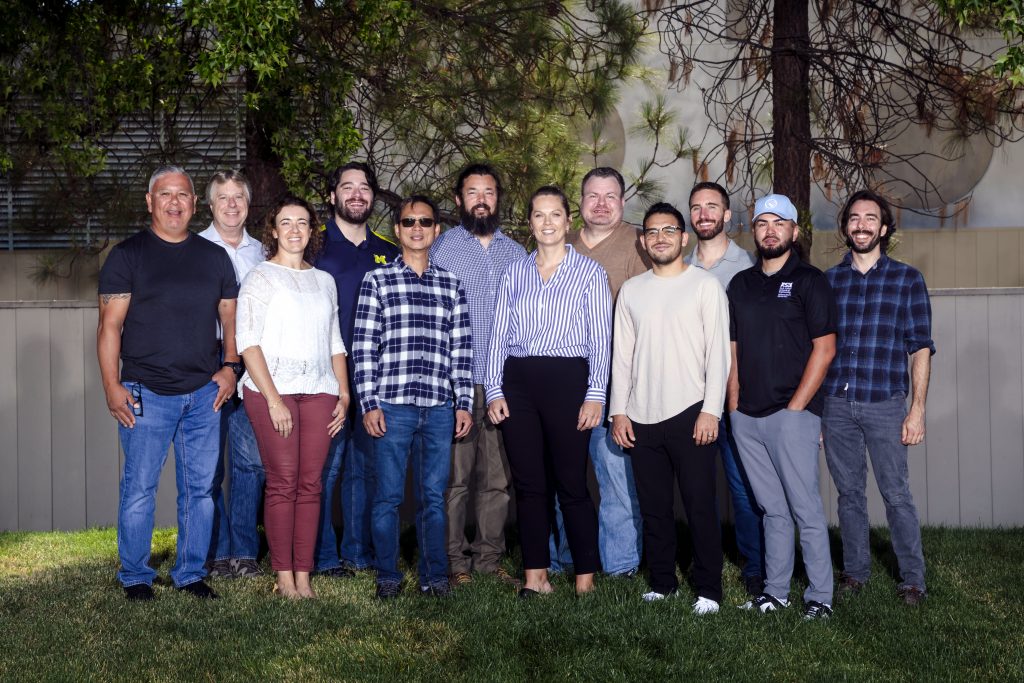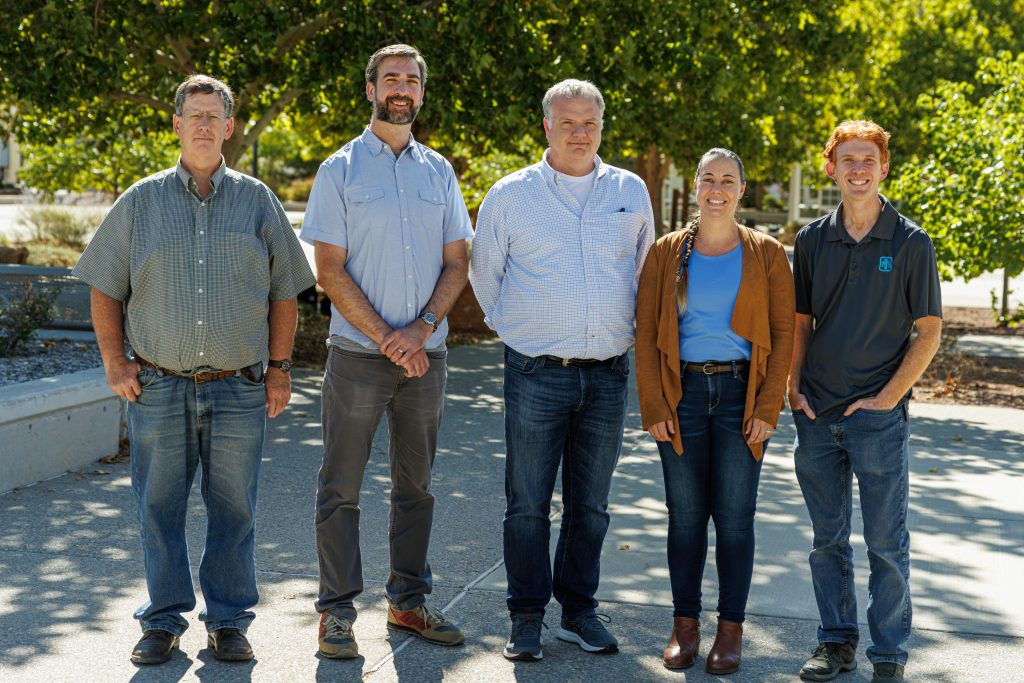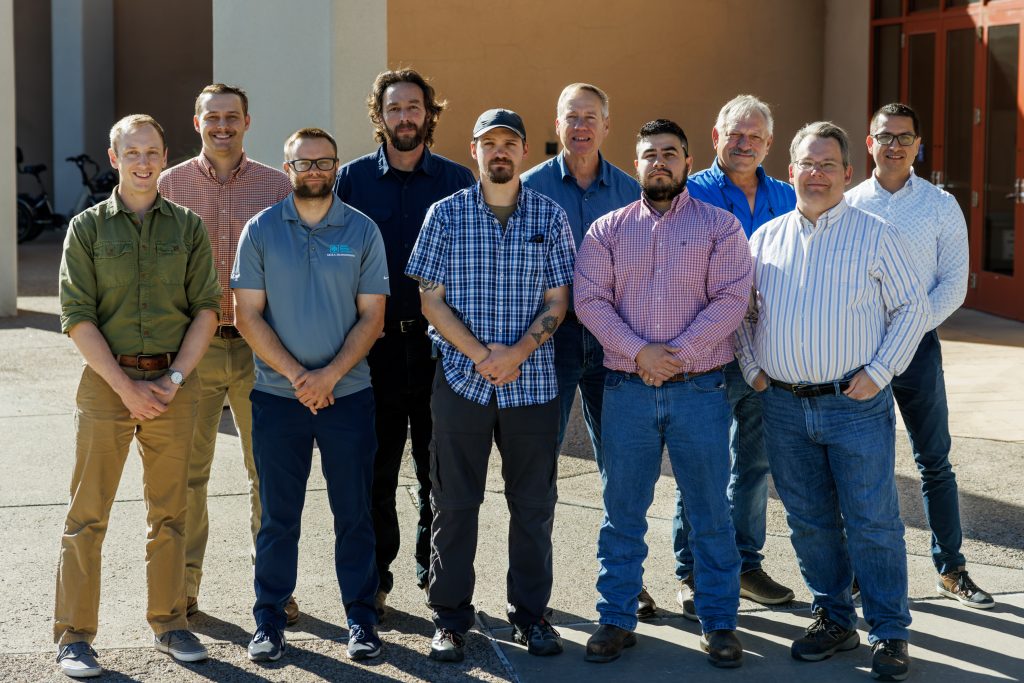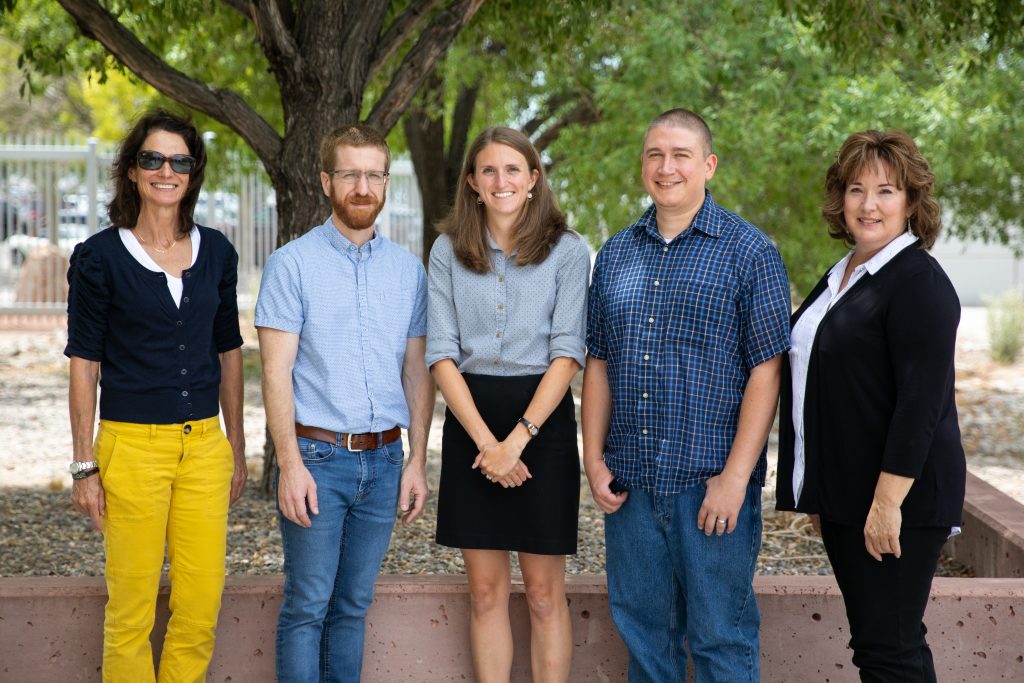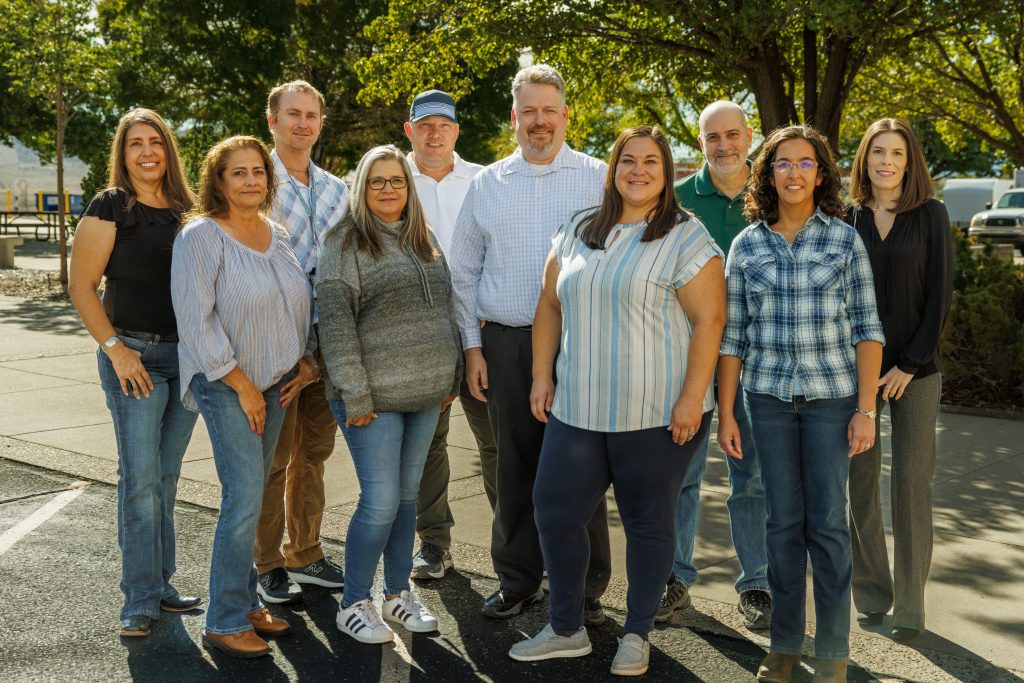NNSA recognized those who went above and beyond

NNSA honored 200 Sandians with the prestigious Defense Programs Award of Excellence. Established in the early 1980s, these annual awards recognize individuals and teams for their exceptional contributions to Stockpile Stewardship.
“The mission areas that we serve at Sandia are as important today as in any time in our history, and the nation needs us,” Deputy Laboratories Director Laura McGill said during an October ceremony. “You’ve all contributed significantly to our success in delivering on these missions, and you represent the very best of us.”
The 2022 awards of excellence recognition include:
- Three individual awards.
- Seven multiteam awards. NNSA normally allocates five awards to Sandia in this category, but because of exceptional service in 2022, it allocated two additional awards.
- Two technology transfer awards.
Sandia staff can view lists of team members on the Around Sandia section of Inside website.
Nominations accepted soon
It’s time to start thinking about Sandia’s greatest defense programs contributions in 2023. Nominations for the 2023 Defense Programs Award of Excellence open in February and will be open for four weeks.

